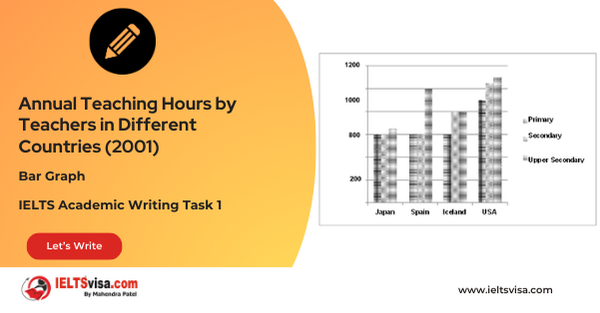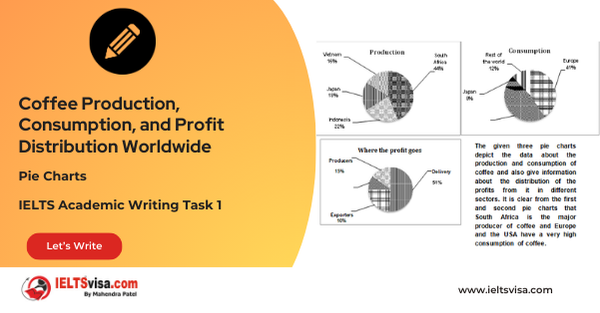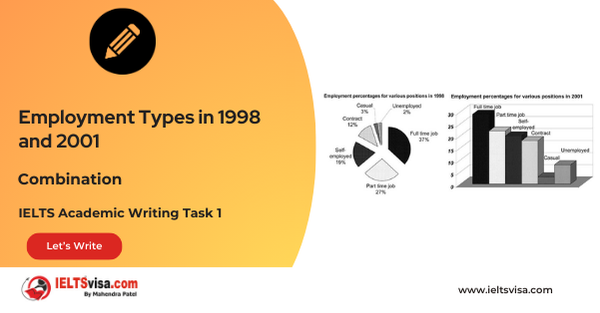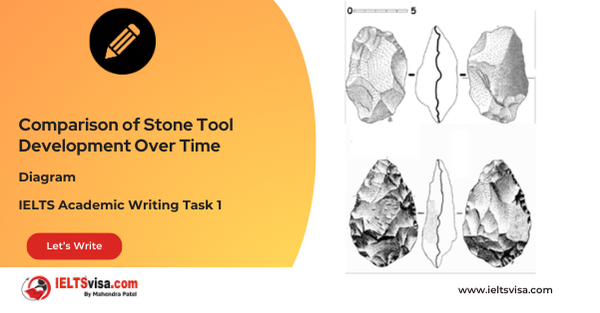The resources used to make 1000 disposable cups in different materials: polystyrene and paper
IELTS Academic Writing Task 1 - Tables
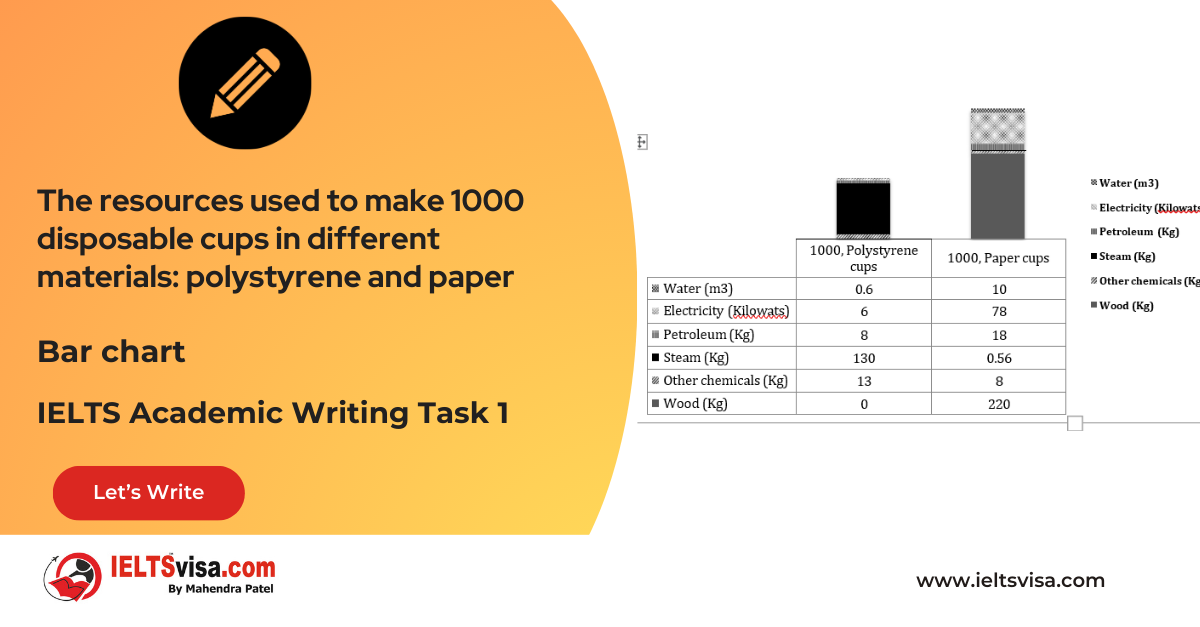
IELTS Writing Task 1 Question
The chart below shows the resources used to make 1000 disposable cups in different materials: polystyrene and paper. Summarize the information by selecting and reporting the main features and make comparisons where relevant.
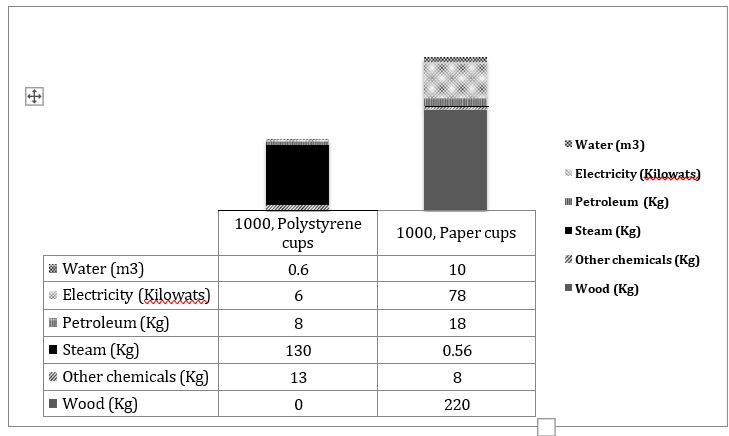
Common Questions for the Table
1. Graph Type: Stacked Bar Graph
2. Title: Resources Used for Producing 1000 Disposable Cups (Polystyrene vs Paper)
3. What are the units of measurement?:
- Kilograms (kg) for petroleum, chemicals, and wood
- Cubic meters (m³) for water
- Kilowatts (kW) for electricity
4. Who: Manufacturers of disposable cups
5. When: Not specified
6. Where: Not specified
7. Topic: Resource consumption for polystyrene and paper cup production
Comparison Showing and Trends Any change over time (such as an increase or a decrease) is a trend.
Comparison 1 : Polystyrene Cups (Lower Resource Usage)
- Details:
-
- Requires 8 kg of petroleum and 13 kg of chemicals.
- Consumes 0.6 m³ of water and 6 kW of electricity.
- Steam is used extensively (10 times the amount of chemicals).
Comparison 2 : Paper Cups (Higher Resource Usage)
- Details:
1. Requires significantly more water (10 m³) and electricity (78 kW).
2. Uses 18 kg of petroleum and minimal steam compared to polystyrene.
3. Requires 220 kg of wood, which is not needed for polystyrene cups.
Sample Answer
The stacked bar graph compares the resources required to produce 1000 disposable cups made from polystyrene and paper.
Overall, polystyrene cups are produced with fewer resources and lower energy costs compared to paper cups, which require large amounts of water, electricity, and wood, making them less environmentally sustainable.
Polystyrene cup production requires 8 kg of petroleum and 13 kg of chemicals. Steam is used extensively, at 10 times the amount of chemicals, while water and electricity consumption are minimal, at 0.6 m³ and 6 kW, respectively.
In contrast, paper cup production demands significantly more resources. Water and electricity usage are far higher, at 10 m³ and 78 kW, respectively. Petroleum consumption is also greater at 18 kg, while the use of chemicals is slightly lower than for polystyrene. Paper cup production additionally requires 220 kg of wood, a resource not needed for polystyrene cups. Steam usage is negligible compared to that of polystyrene.
Top 28 Vocabularies
| Vocabulary | Type | Meaning | Synonyms | Examples |
| Consumption | Noun | The act of using resources | Usage, Utilization | Water consumption for paper cups is significantly higher. |
| Energy-efficient | Adjective | Using less energy to perform the same task | Energy-saving, Cost-effective | Polystyrene cups are more energy-efficient than paper cups. |
| Environmentally friendly | Adjective | Having minimal impact on the environment | Sustainable, Eco-friendly | Polystyrene cups are considered environmentally friendly. |
| Constitute | Verb | To make up or compose | Account for, Form | Petroleum constitutes a significant resource for both types of cups. |
| Stacked | Adjective | Arranged in layers or tiers | Layered, Piled | “The stacked bar graph compares the resources required for cup production.” |
| Disposable | Adjective | Intended to be used once and then discarded | Single-use, Throwaway | “Disposable cups are commonly used for beverages.” |
| Polystyrene | Noun/Adjective | A type of plastic used for producing disposable products | Foam plastic, Styrofoam | “Polystyrene cups require fewer resources than paper cups.” |
| Production | Noun | The process of manufacturing or creating something | Manufacturing, Fabrication | “The production of paper cups uses more resources than polystyrene.” |
| Resource | Noun | A supply of something that is useful or necessary | Material, Asset | “Water is a crucial resource in paper cup production.” |
| Sustainable | Adjective | Capable of being maintained without depleting resources | Renewable, Eco-friendly | “Polystyrene cups are less environmentally sustainable than paper cups.” |
| Petroleum | Noun | A natural resource used for energy and material production | Oil, Crude oil | “Both types of cups use petroleum as a resource.” |
| Extensive | Adjective | Large in amount or degree | Widespread, Substantial | “Steam is used extensively in polystyrene cup production.” |
| Usage | Noun | The act of using something | Consumption, Application | “The usage of electricity is higher for paper cup production.” |
| Electricity | Noun | A form of energy used for power and light | Power, Energy | “Electricity consumption for paper cups is significant.” |
| Significantly | Adverb | To a large degree or importance | Considerably, Notably | “Water consumption for paper cups is significantly higher.” |
| Negligible | Adjective | So small or unimportant as to not be considered | Insignificant, Minimal | “The steam usage for paper cups is negligible.” |
| Chemicals | Noun | Substances used in production or manufacturing processes | Compounds, Substances | “Polystyrene cup production requires more chemicals than paper cups.” |
| Excessive | Adjective | More than necessary, or too much | Overabundant, Overly | “Paper cup production requires excessive amounts of water.” |
| Minimal | Adjective | Very small in amount or degree | Slight, Insignificant | “Polystyrene cups require minimal water usage.” |
| Wood | Noun | A material obtained from trees, used in manufacturing | Timber, Lumber | “Paper cup production requires 220 kg of wood.” |
| Compare | Verb | To examine similarities and differences | Contrast, Analyze | “The graph compares the resources used for polystyrene and paper cups.” |
| Substantially | Adverb | To a large extent or degree | Considerably, Significantly | “The resource requirements for paper cups increased substantially.” |
| Negligible | Adjective | So small or unimportant that it can be disregarded | Minimal, Insignificant | “The amount of steam used in paper cup production is negligible.” |
| Manufacturing | Noun | The process of making goods in large quantities | Production, Fabrication | “The manufacturing process of polystyrene cups is less resource-intensive.” |
| Demand | Noun/Verb | The amount of a resource required or consumed | Requirement, Need | “Paper cup production demands significantly more resources.” |
| Allocate | Verb | To assign or distribute resources for a specific purpose | Distribute, Assign | “Resources must be allocated efficiently to minimize waste.” |
| Energy-efficient | Adjective | Using less energy to perform a task | Energy-saving, Efficient | “Polystyrene cups are more energy-efficient than paper cups.” |
| Slightly | Adverb | To a small degree | A little, Marginally | “Petroleum consumption for paper cups is slightly lower than polystyrene.” |

Our Books
Master IELTS Speaking Part 1
IELTS Writing Task 1 Book
IELTS Writing Task 2 Book
Writing Task 1 Question Types
Practice IELTS Other Modules
IELTS Listening
The IELTS Listening test assesses how well you can understand spoken English in various contexts. It lasts about 30 minutes and is divided into four sections with a total of 40 questions. The listening tasks become increasingly difficult as the test progresses.
IELTS Academic Reading
The IELTS Academic Reading section assesses your ability to understand and interpret a variety of texts in academic settings. It is designed to evaluate a range of reading skills, including skimming for gist, reading for main ideas, reading for detail, understanding inferences, and recognizing a writer's opinions and arguments.
IELTS Speaking
The IELTS Speaking test assesses your ability to communicate in English on everyday topics. It lasts 11-14 minutes and consists of three parts: introduction, cue card, and a discussion based on the cue card topic.
IELTS General Reading
IELTS General Reading tests your ability to understand and interpret various types of texts. Here are some key areas and types of content you can expect to encounter in the reading section, along with tips for effective preparation.
IELTS Academic Writing Task 1
In IELTS Academic Writing Task 1, you are presented with a visual representation of information, such as graphs, charts, tables, or diagrams, and you are required to summarize, compare, or explain the data in your own words.
IELTS General Writing Task 1
In IELTS General Writing Task 1, you are required to write a letter based on a given situation. The letter can be formal, semi-formal, or informal, depending on the prompt. Here’s a breakdown of the key components to include in your letter
IELTS Academic Writing Task 2
In IELTS Academic Writing Task 2, you are required to write an essay in response to a question or topic. Here’s a guide to help you understand the essential elements of this task
IELTS Exam Tips
To succeed in the IELTS exam, practice regularly, familiarize yourself with the test format, improve your vocabulary, develop time management skills, and take mock tests to build confidence.
Grammer for IELTS
Grammar is the foundation of effective communication in English. Understanding tense usage, subject-verb agreement, and sentence structure enhances clarity and coherence in writing and speaking.
Vocabulary for IELTS
Vocabulary plays a crucial role in the IELTS (International English Language Testing System) exam, especially in the Speaking and Writing sections. Here’s an overview of why vocabulary is important and how it impacts your performance
RECENT IELTS SAMPLES QUESTIONS AND ANSWERS
Task 1 – Column graph – Percentage of Young People Enrolled in Universities in 2000 and 2007.
20:00 Start Pause Stop [df_adh_heading title_infix="IELTS Writing Task 1 Question" use_divider="on"...
Task 1 – Bar Graph – Annual Teaching Hours by Teachers in Different Countries (2001)
20:00 Start Pause Stop [df_adh_heading title_infix="IELTS Writing Task 1 Question" use_divider="on"...
Task 1 – Pie Charts – Coffee Production, Consumption, and Profit Distribution Worldwide
20:00 Start Pause Stop [df_adh_heading title_infix="IELTS Writing Task 1 Question" use_divider="on"...
Task 1 – Column graph – Types of Transport Used by Tourists Visiting New Zealand from Five Countries in 2004.
20:00 Start Pause Stop [df_adh_heading title_infix="IELTS Writing Task 1 Question" use_divider="on"...
Task 1 – Bar and Pie Chart Combination – Employment Types in 1998 and 2001
20:00 Start Pause Stop [df_adh_heading title_infix="IELTS Writing Task 1 Question" use_divider="on"...
Task 1 – Diagram – Comparison of Stone Tool Development Over Time
20:00 Start Pause Stop [df_adh_heading title_infix="IELTS Writing Task 1 Question" use_divider="on"...


